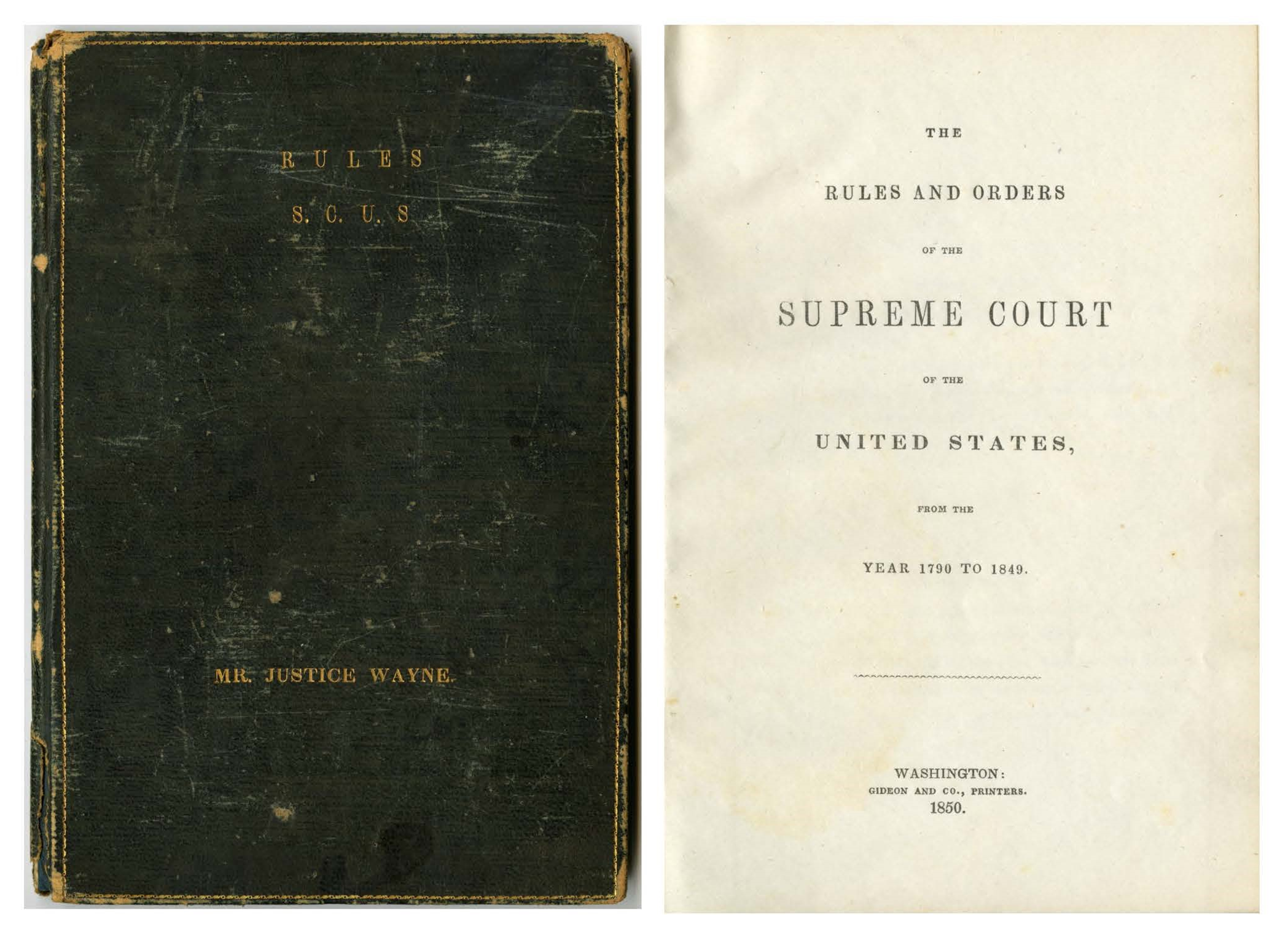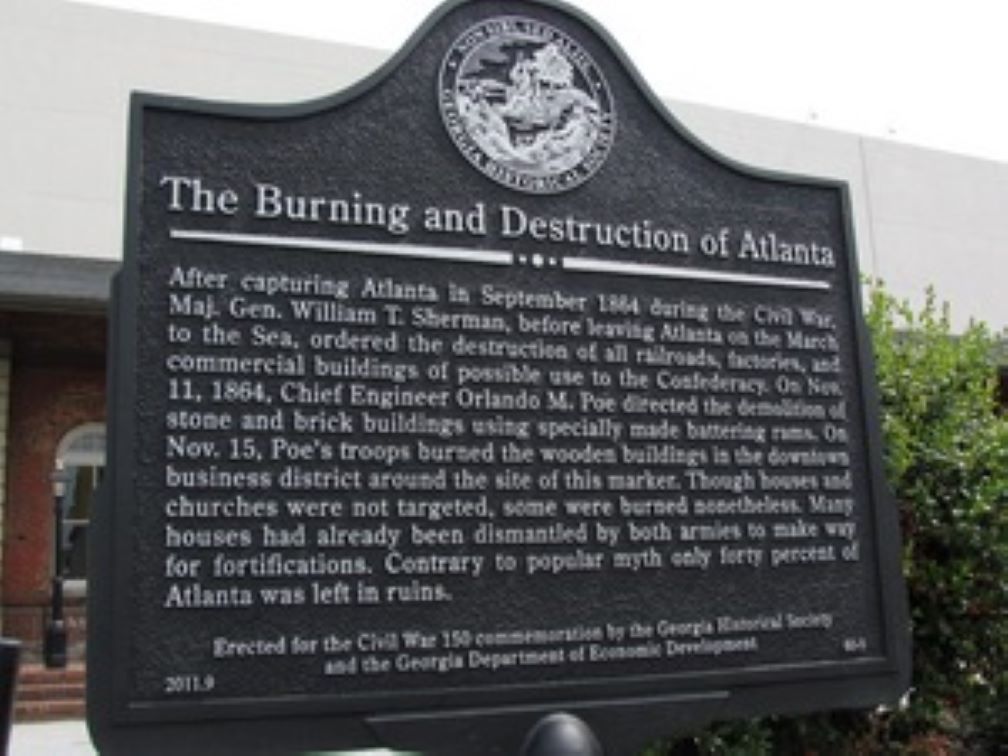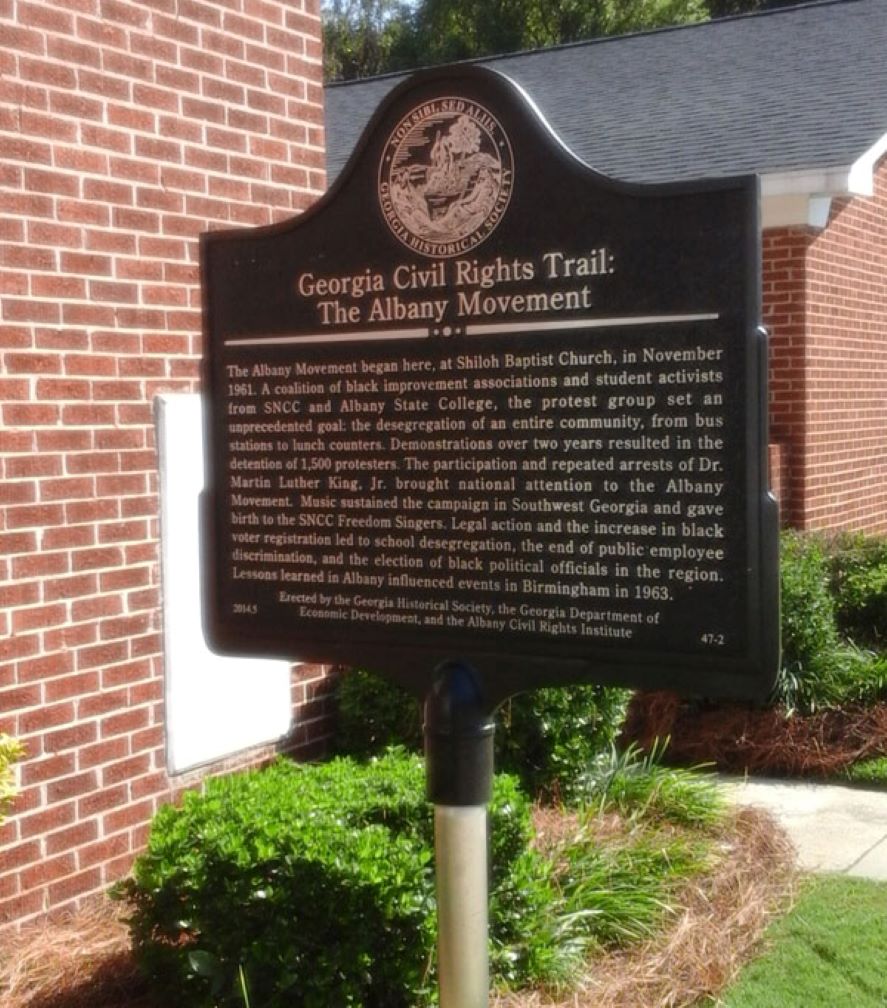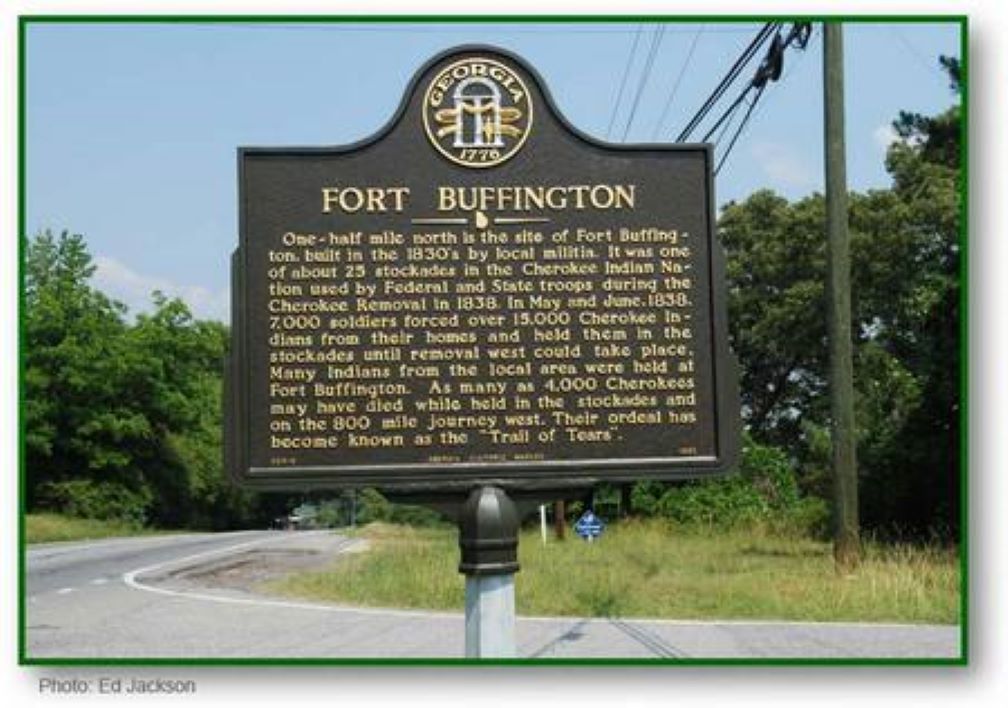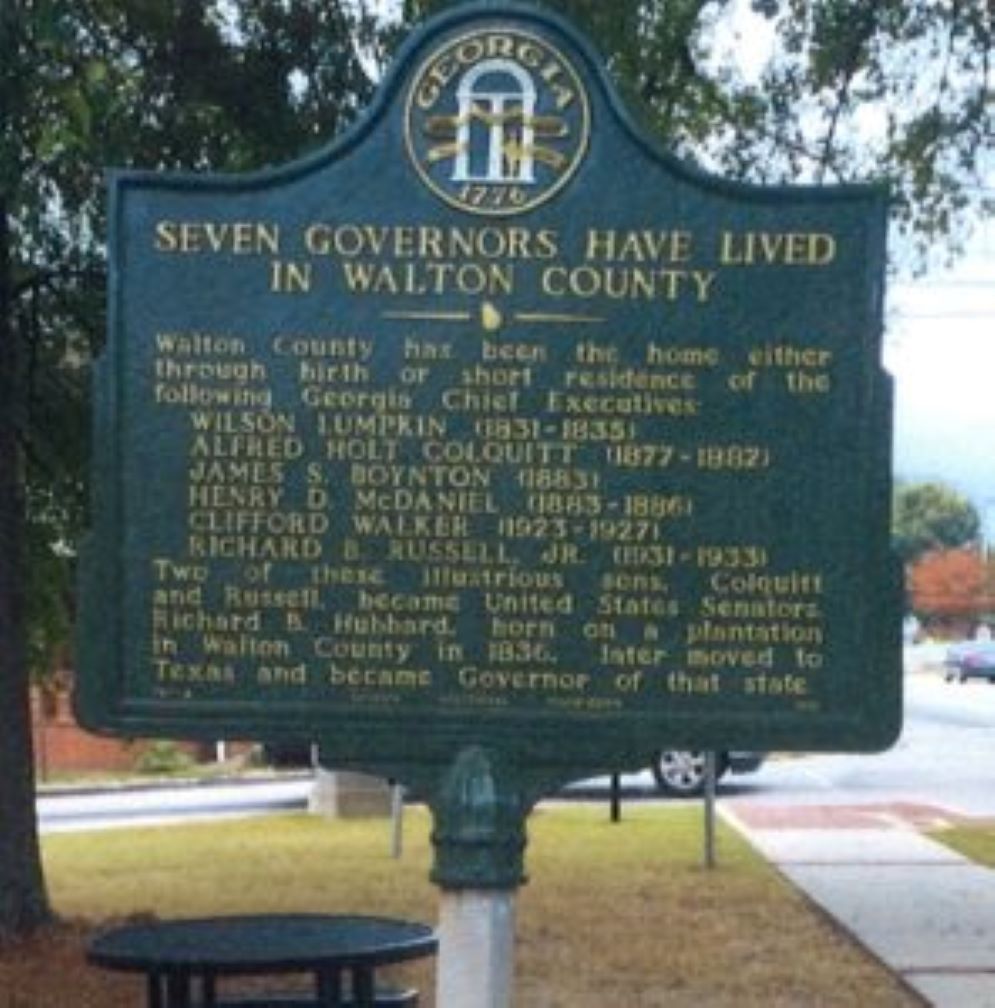Teaching with Primary Sources
Decoding Histories Inquiry Kit
Decoding Histories engages K-12 educators and students in exploring the importance of reading and writing in cursive in order to understand written materials from the past. Through close examination of cursive writing, students develop literacy skills and critical thinking skills while uncovering stories embedded in primary sources.
The Georgia Historical Society is excited to offer this “Decoding Histories” Inquiry Kit. This inquiry-based resource includes activities designed to meet Georgia's K-12 English Language Arts Standards and the Georgia Social Studies Standards of Excellence. Supporting the importance of reading and writing in cursive, this resource highlights how the use of archival materials deepens historical inquiry and strengthens literacy skills.
The contents of the Inquiry Kit are a series of Teaching with Primary Sources (TPS) inquiry-based strategies and activities designed to help teachers guide students in reading and writing in cursive, exploring a curated set of primary and secondary sources.
Through the Inquiry Kit students connect with the past through direct interaction with primary sources. When students slow down to read cursive and explore authentic sources, they begin to see history not just as dates and facts, but as lived experiences of real people.
Download the Decoding Histories teacher guide and activities below.

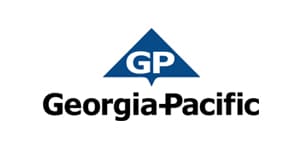
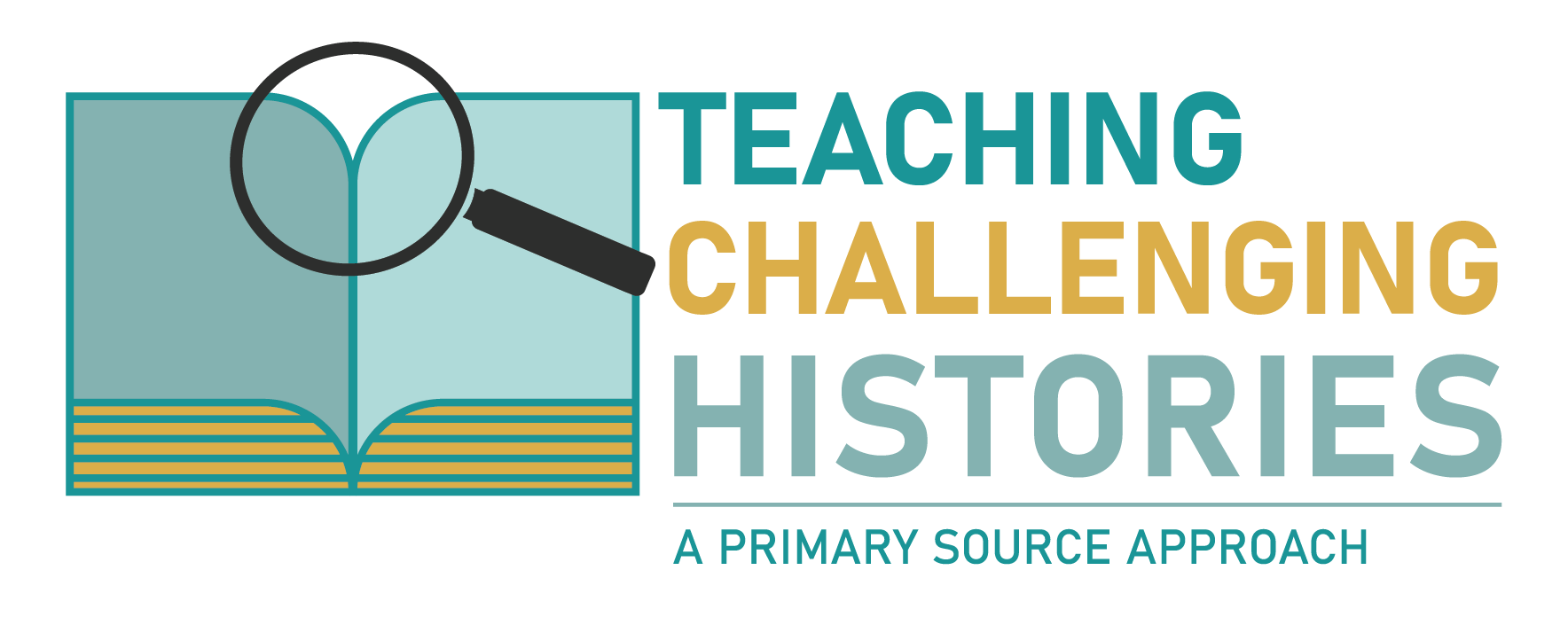
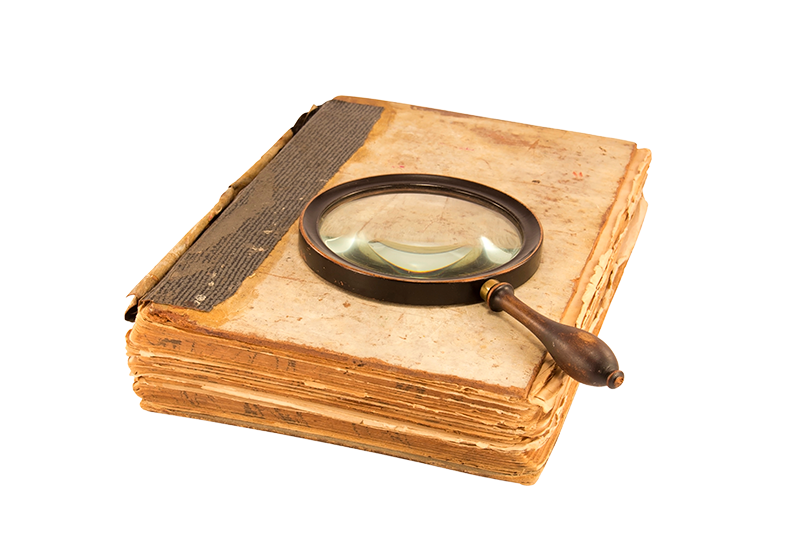
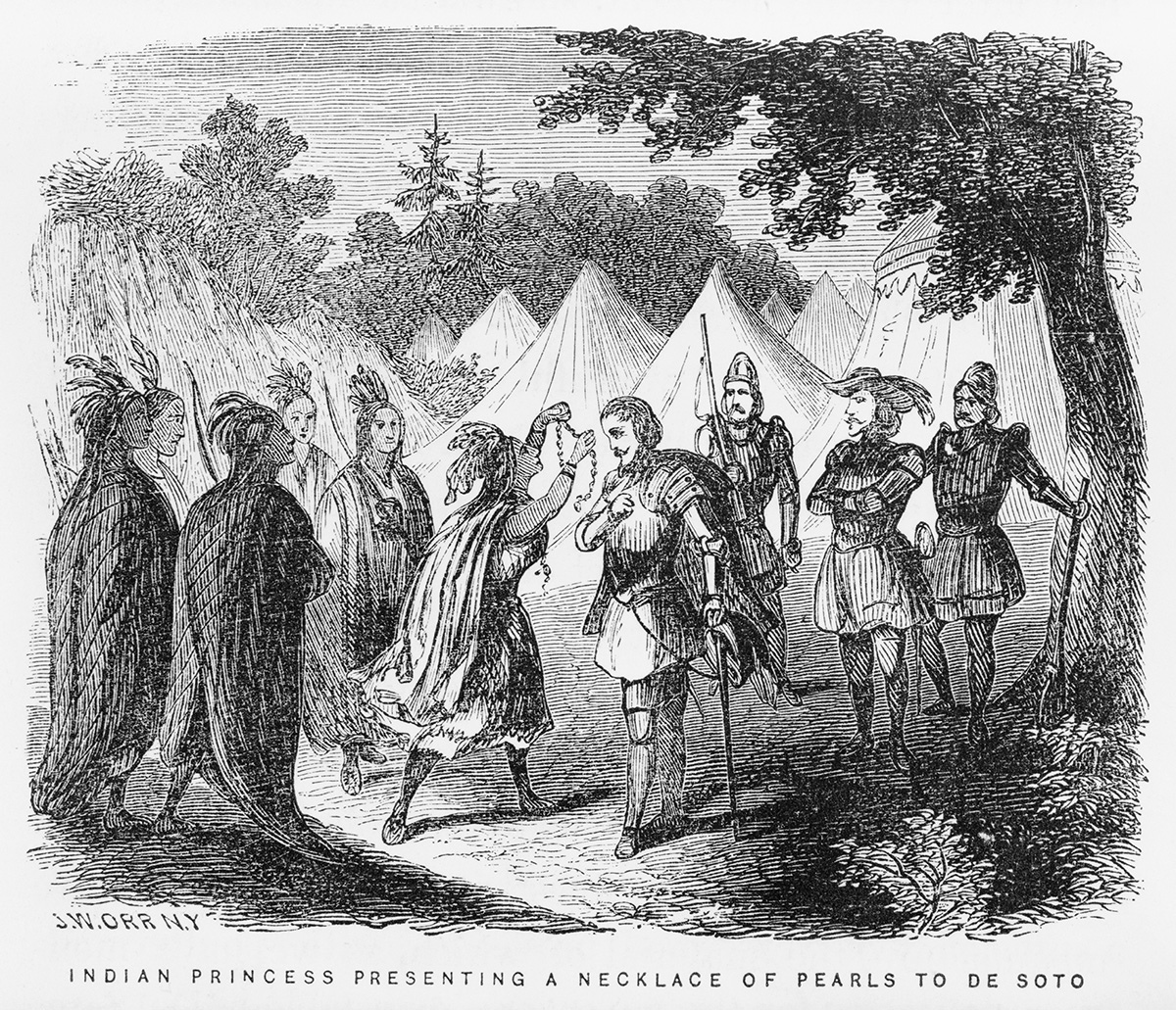
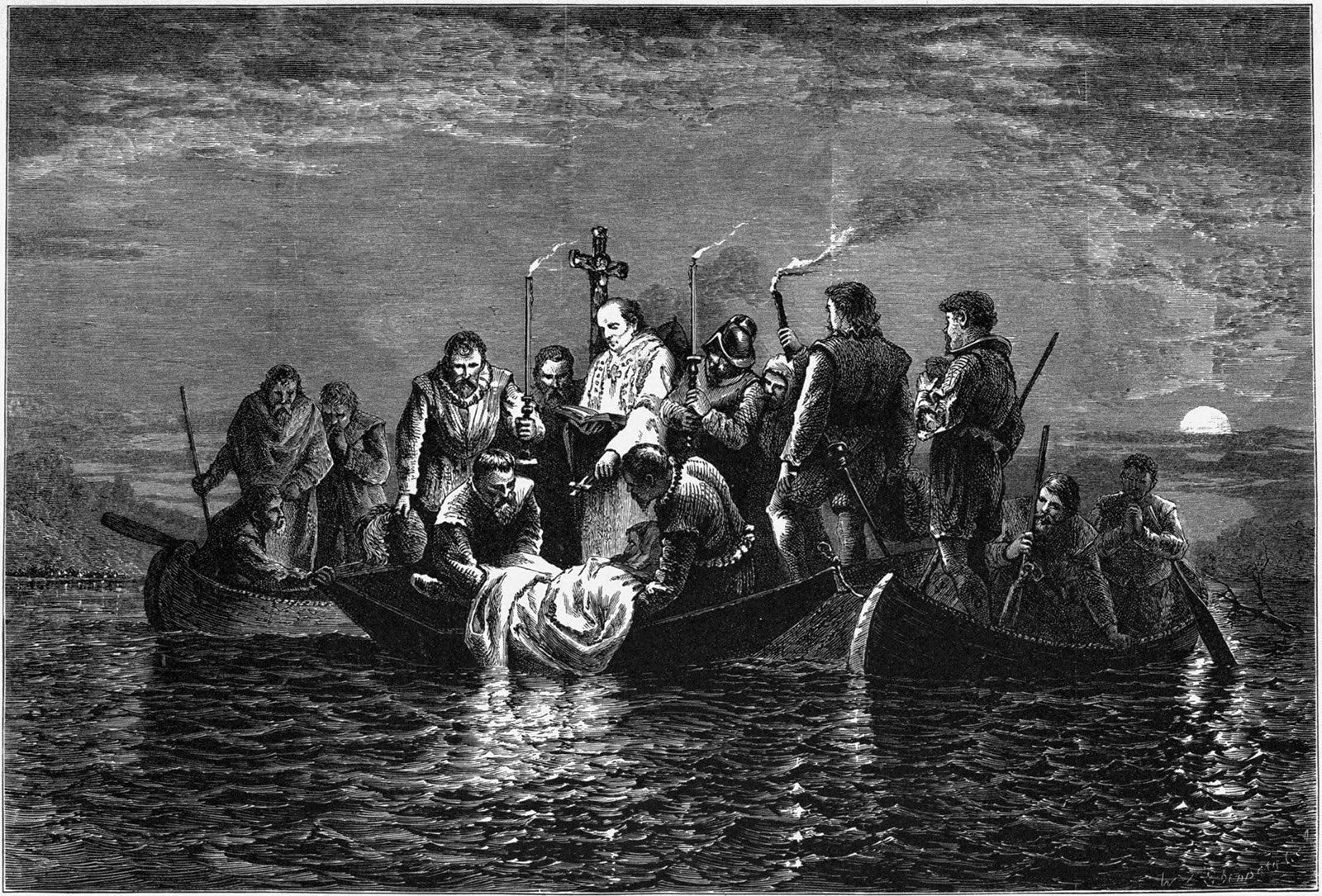
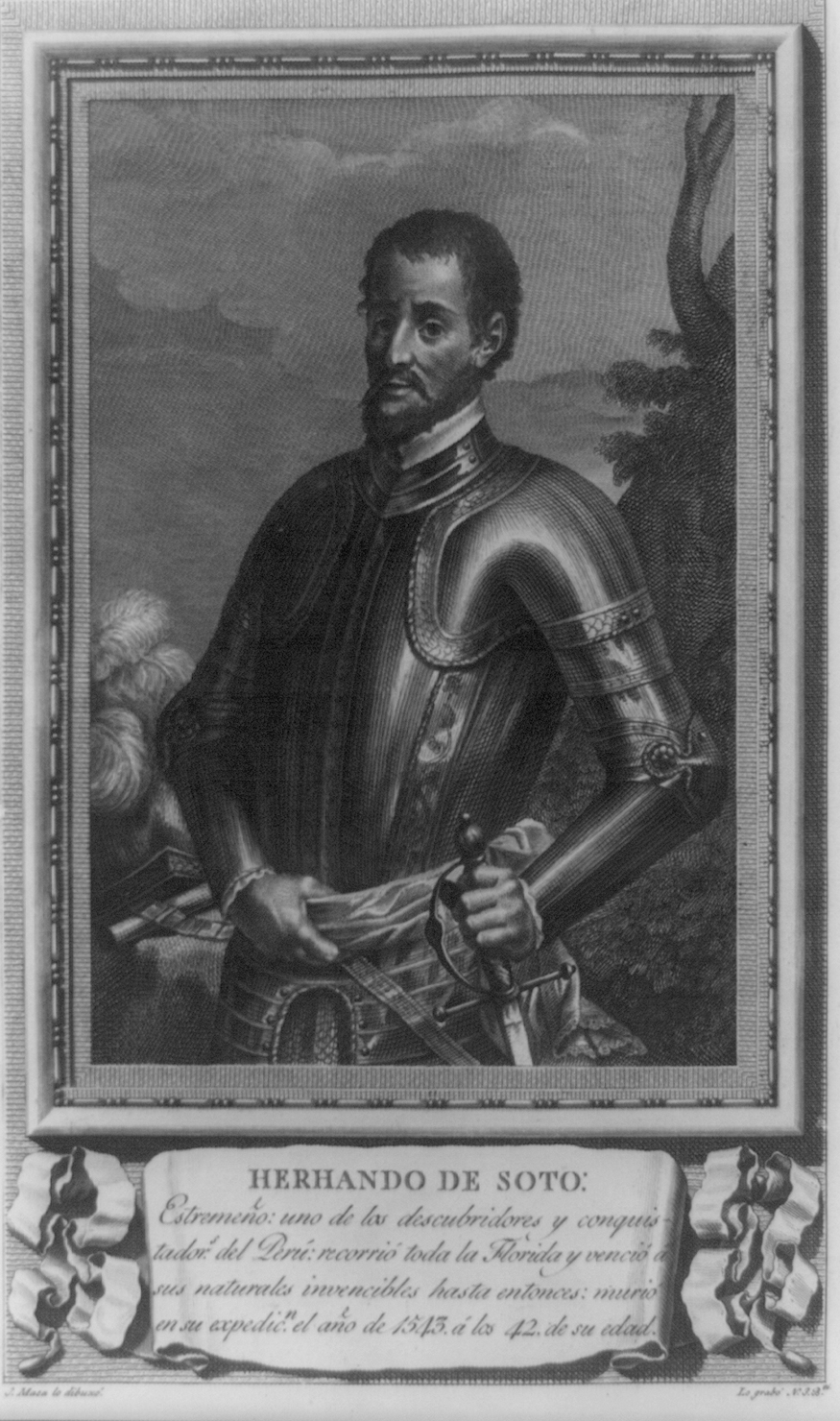
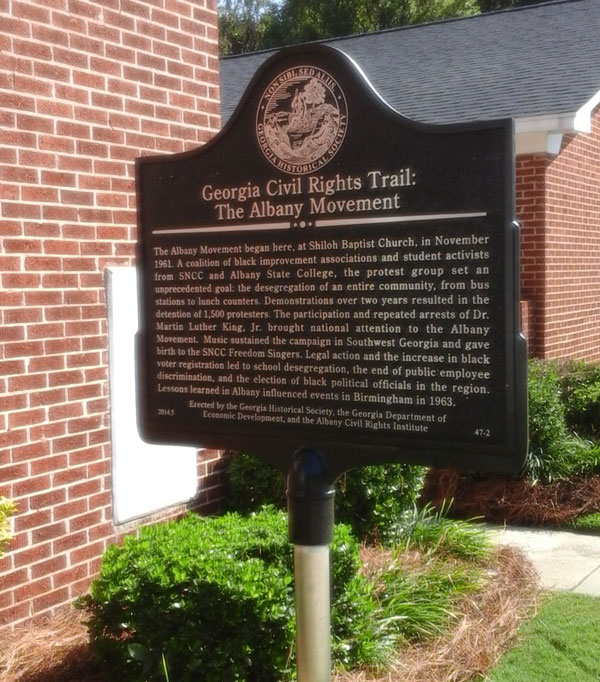
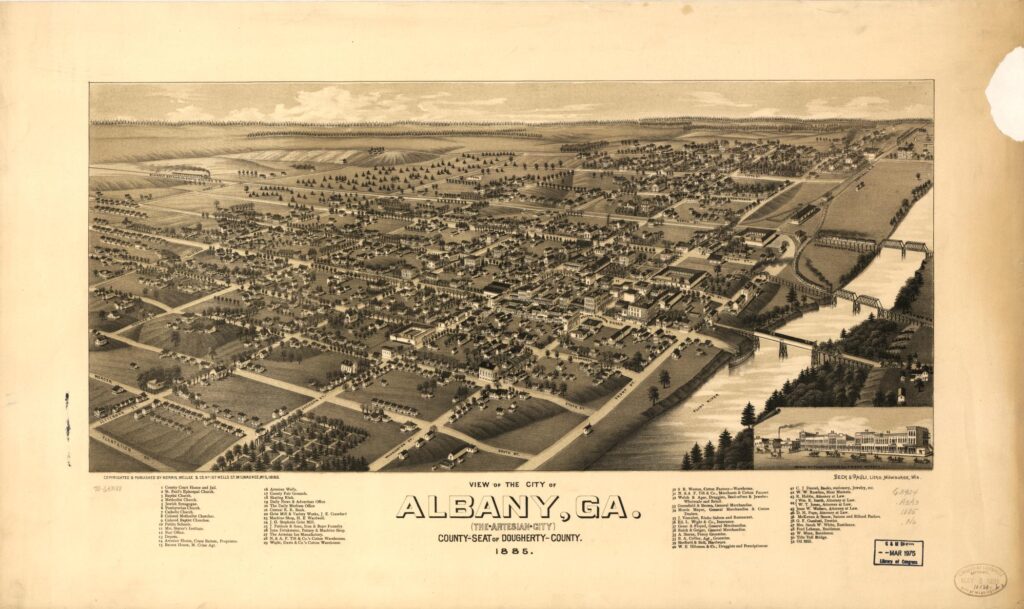
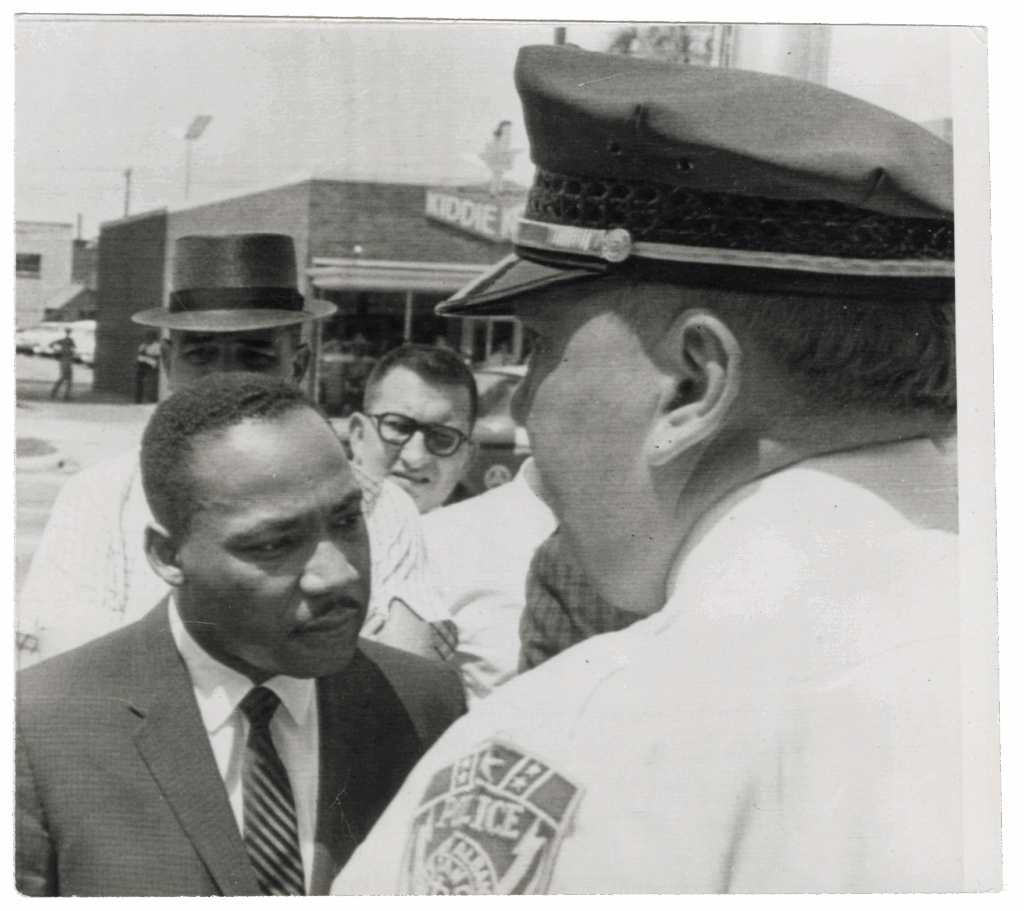
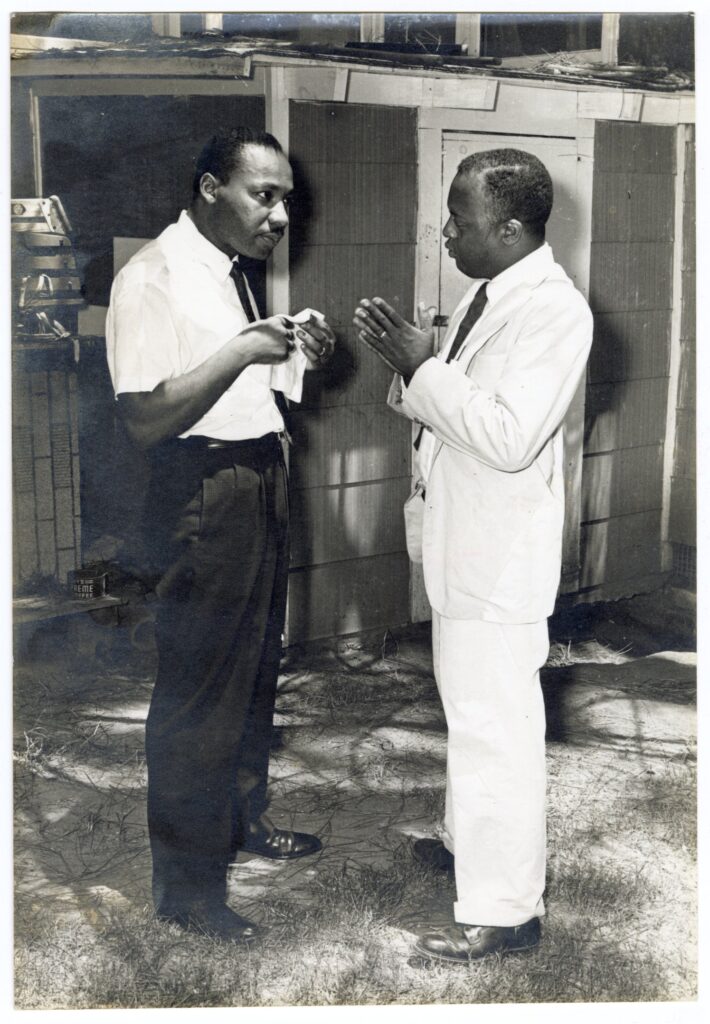
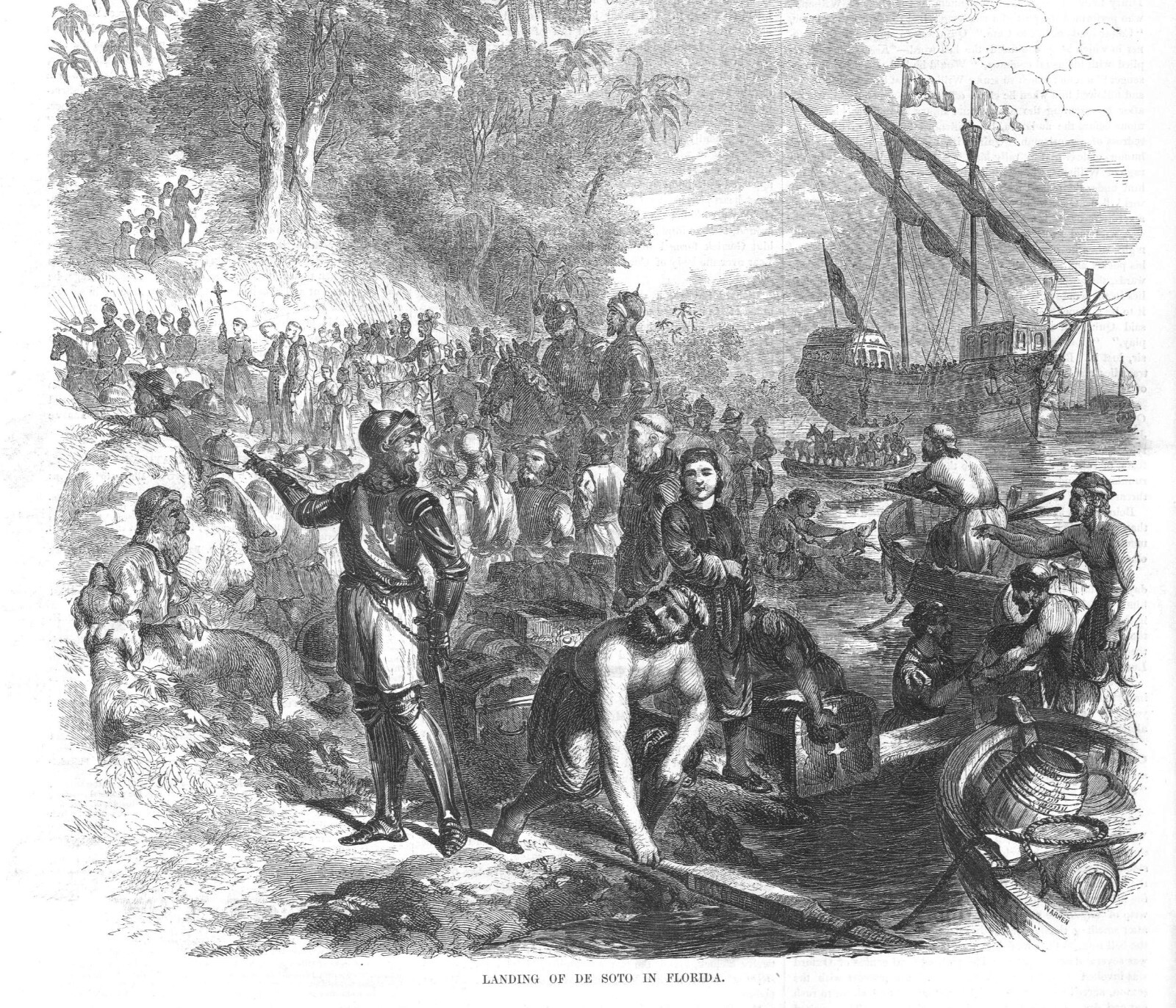
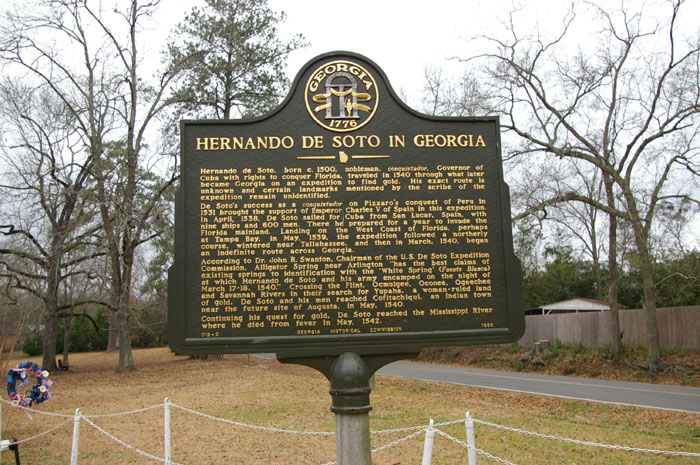
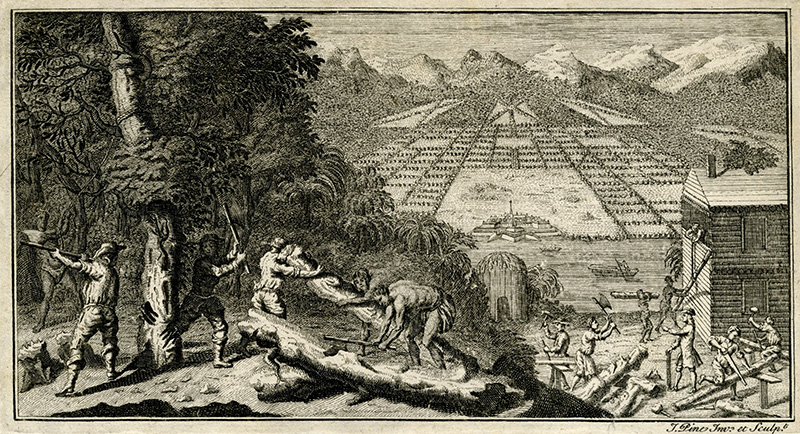

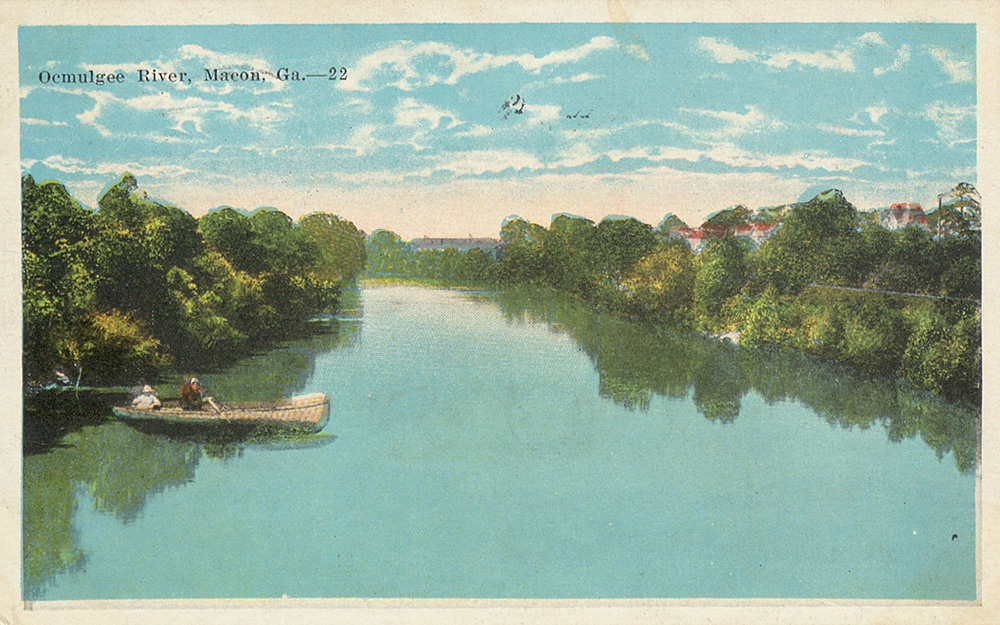


![Picture6 [Ford Farm School photograph], Foltz Photography Studio (Savannah, Ga.) photographs, previous MS 1360
Georgia Historical Society, Savannah, Georgia.](https://www.georgiahistory.com/wp-content/uploads/2025/07/Picture6.jpg)
![Picture5 Bryant, R. (n.d.). Baldwin Draft of the U.S. Constitution [Photograph]. Abraham Baldwin Papers,
Georgia Historical Society, Savannah.](https://www.georgiahistory.com/wp-content/uploads/2025/07/Picture5.jpg)
